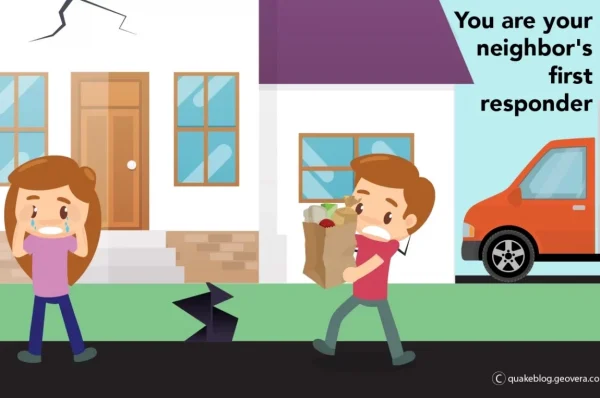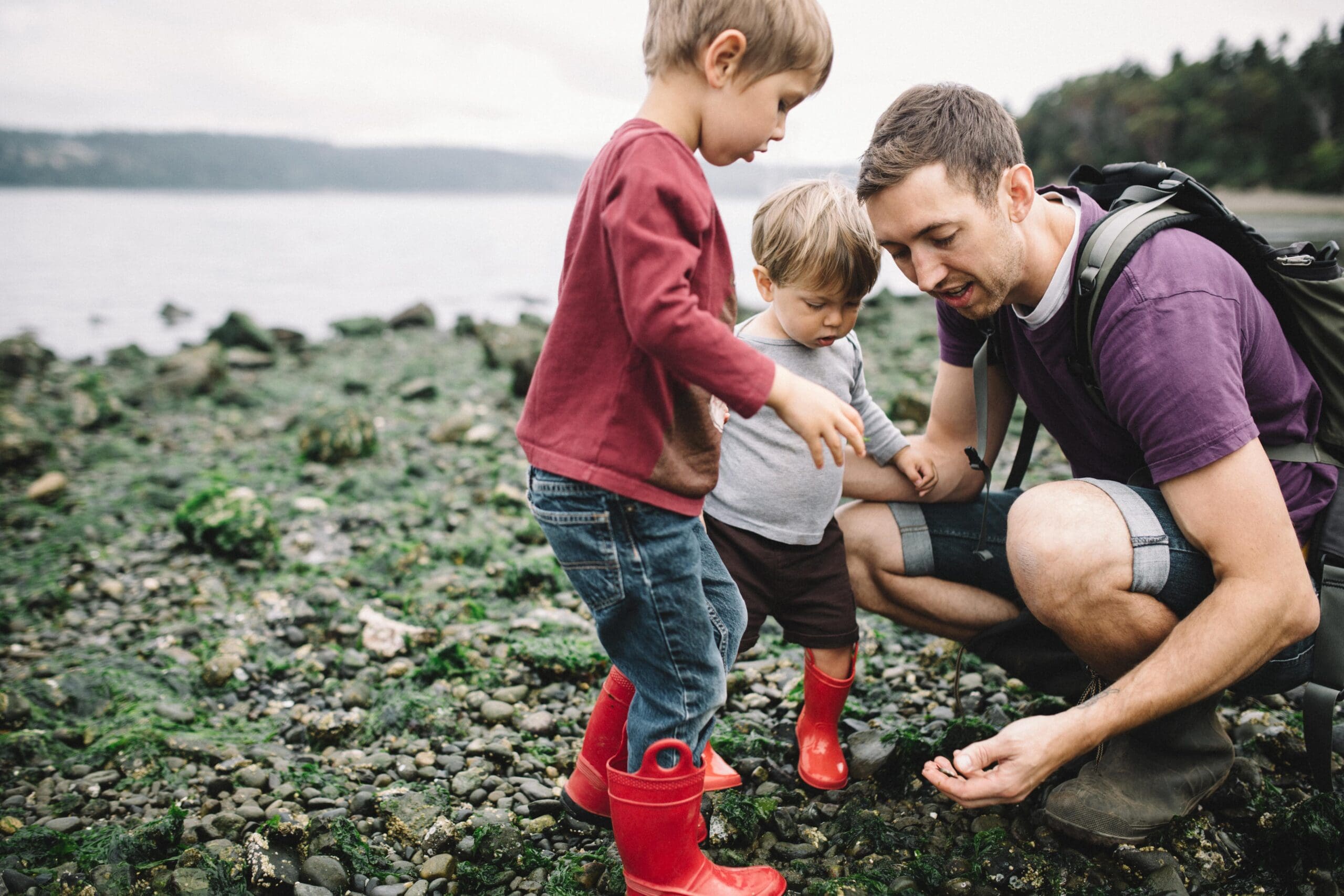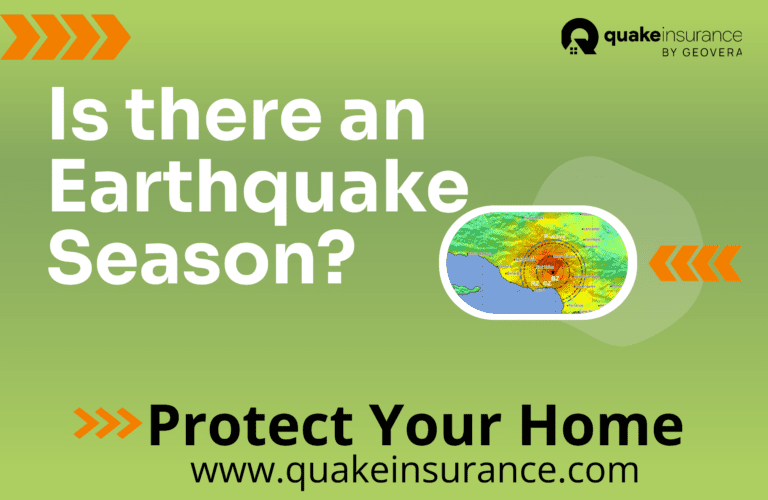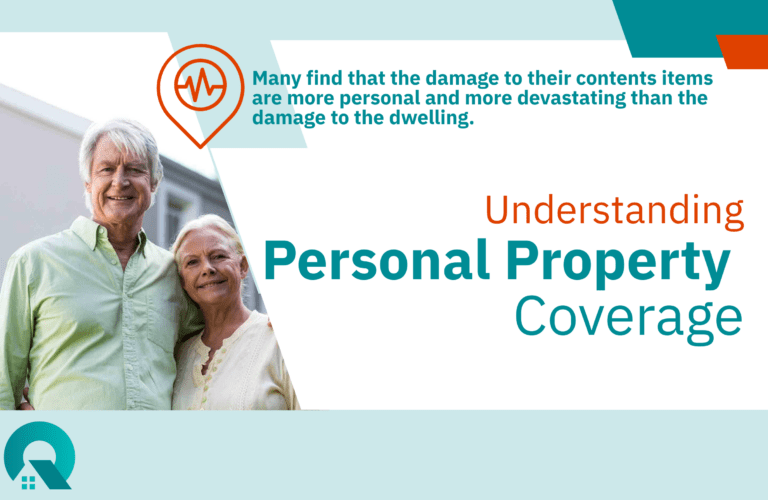Earthquake preparation goes beyond insurance and preparing your home and finances. Become involved in your community’s preparedness plan. Why? The reasons are simple:
- You are the only help available right after an earthquake.
- Lack of preparation could make you and your family a burden upon valuable resources.
How long will it take for help to arrive? Estimating the response time is hard. Due to the possibility of significant infrastructure damage coupled with an enormous number of people needing help, it isn’t likely that emergency response teams will arrive quickly. Response strategies have changed, improved even, in the last 24 years since the 6.9 magnitude Loma Prieta earthquake. However, officials strongly encourage a community effort to support the emergency response teams.
If you’re interested in getting more involved in your community’s preparedness plan, and, furthermore, helping out during a crisis, here are some ways you can become more proactive.
Supporting Community Emergency Teams
Citizens on Patrol
Citizens on Patrol (COP) is a program that allows citizens over the age of 21 to become volunteer policeman during a crisis. Your duties would include assistance with traffic control, emergency stations, patrolling neighborhoods, and some administrative work.
Citizen Fire Academy
Similar to the COP, Citizen Fire Academy is a program that allows citizens to get some of the training that the fire department members receive. This training provides community members the opportunity to gain experience in fire and life safety procedures. Depending on your community program, you may even have the chance to ride along with on-duty emergency responders during emergency calls.
In addition to essential fire and safety training, Fire Core program volunteers help with prevention and education measures. This includes installation of smoke detectors, training children in fire safety, and coordinating with fire personnel during a crisis.
Community Emergency Response Team (CERT)
This FEMA-backed program helps to educate individuals on disaster preparedness. Besides that, the program trains people in necessary response skills to support their communities in crisis. CERT training can include fire safety, search and rescue, team organization skills, and disaster medical operations. As a national program, CERT provides a consistent and thorough approach to assisting emergency responders. Even more, you can take training classes throughout the year with CERT. Training includes emergency response skills range from individual preparedness to community preparedness and awareness. Occasionally, CERT volunteers assist with non-emergent tasks. With over 2,700 local CERT programs across the country, finding a local organization to expand your preparedness skills is one of the best ways to help your community.
Ham Radio Clubs
After a major disaster, you may not have much luck with your cell phone as a means of communication. Between damaged infrastructure, an overwhelming call surge, and the number of users clogging up the networks, you could be left stranded without a way to communicate with the outside world. Joining a Ham Radio club is an excellent way to learn about alternative communication methods. Ham Radio can be used virtually anywhere and does not require the use of the internet or cellular signals.
Supporting other Community Members
First Aid Training
CPR training and basic first-aid skills are vital to community preparedness. Consequently, your skills could provide valuable extra time for emergency response teams or streamline the triage process for emergency response teams. The American Red Cross, the American Heart Association, and other Citizen Corps affiliates offer CPR and first-aid training for the public.
“You are the Help Until Help Arrives” Program (Until Help Arrives)
“You are the Help Until Help Arrives” is a government-backed program that educates and empowers community members to take action by providing lifesaving care before the emergency responders arrive. Until Help Arrives has online and in-person training sessions so that citizens can respond quickly and, potentially, save a life after an earthquake or another disaster. Furthermore, this training could make a difference for you when preparing your family for earthquake safety.
Disaster Relief Organizations
After a disaster, there will be a massive demand for resources beyond emergency responders. You can volunteer for organizations that support the community in other ways. Two such organizations are:
- Meals on Wheels
- Community Food Banks
Meals on Wheels is a program that delivers food to senior citizens who may not have emergency supplies ready for a disaster. Likewise, volunteering for community food banks helps provide resources and supplies during a time when food may be scarce.
Start a Preparedness Group for your Neighbors
Above all, it is a good practice for you and your neighbors to have an earthquake response plan. Preparation may include creating a phone tree or attending a training program together. The more self-sufficient you and your neighborhood can be, the more efficient emergency response teams can be during a crisis.
Community Preparedness Resources
For more information, this toolkit may help map out detailed steps to a community preparedness strategy. As always, the best way to help your community is to first prepare yourself and your family for the next earthquake.
QuakeInsurance by GeoVera provides innovative insurance solutions in catastrophe-exposed areas and is the leading provider of residential earthquake insurance. QuakeInsurance uses a strategic and agile approach to developing insurance products that are both impactful and reliable. Get a quote today!



